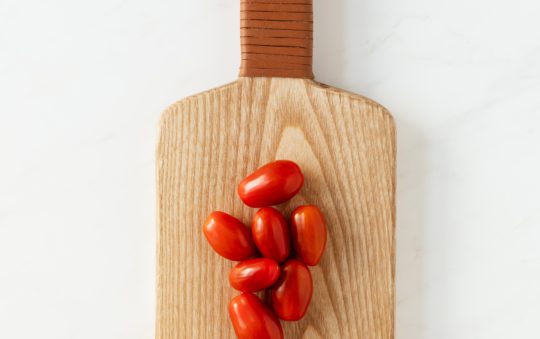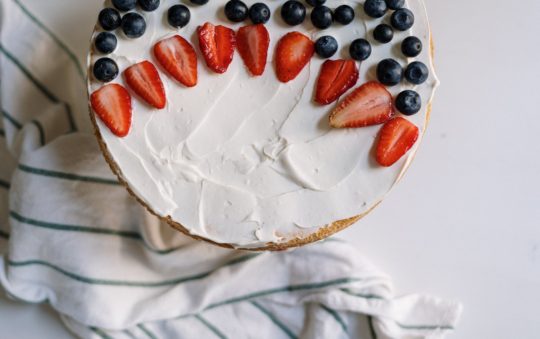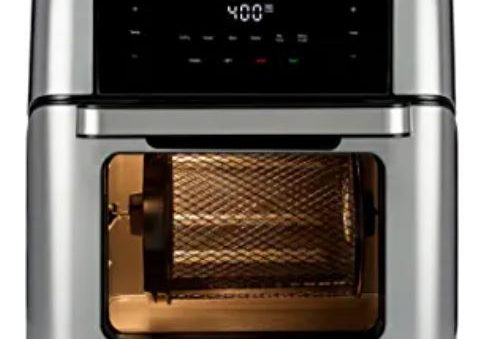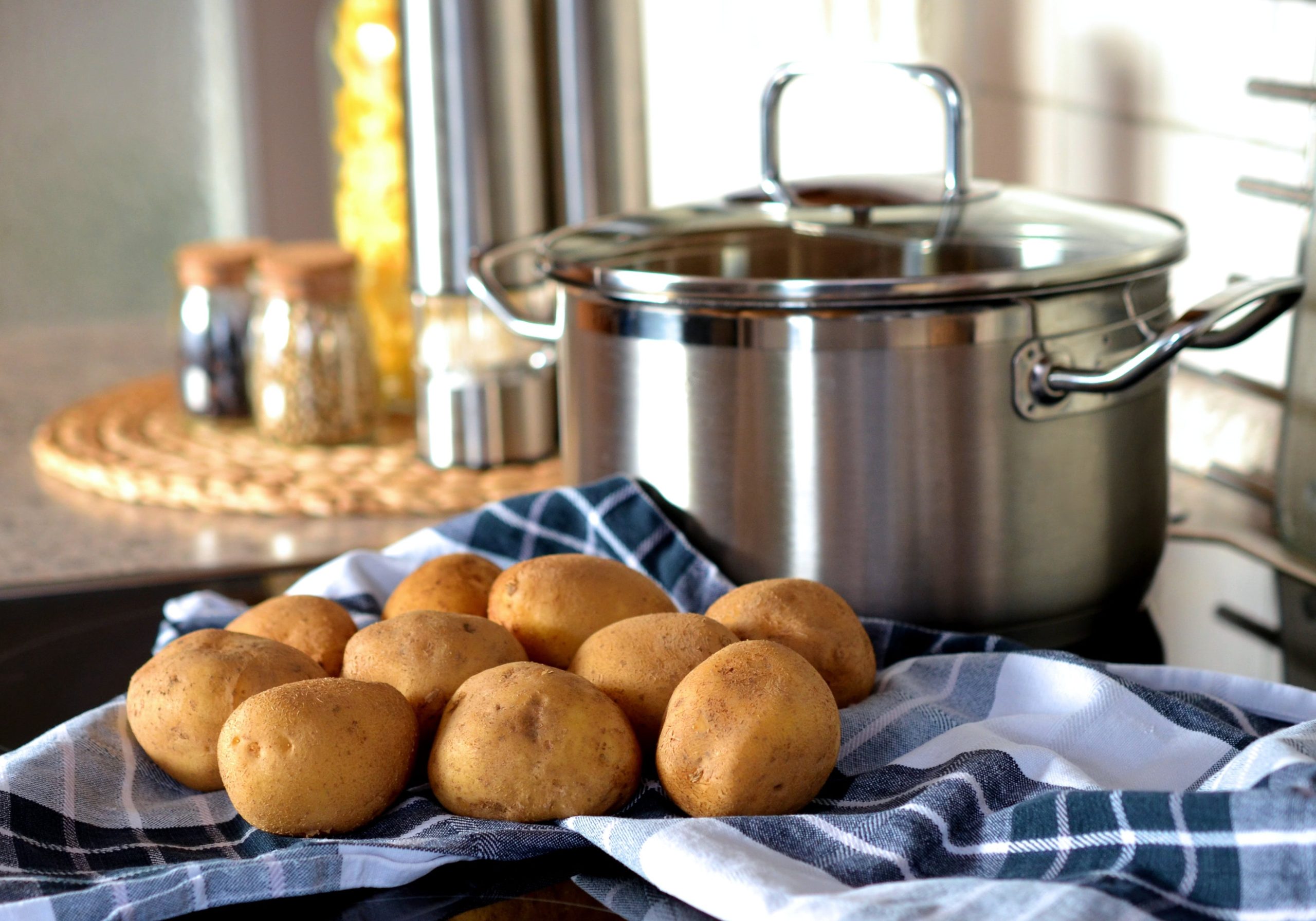Glass Top Stove Wok: Tips and Tricks to Use
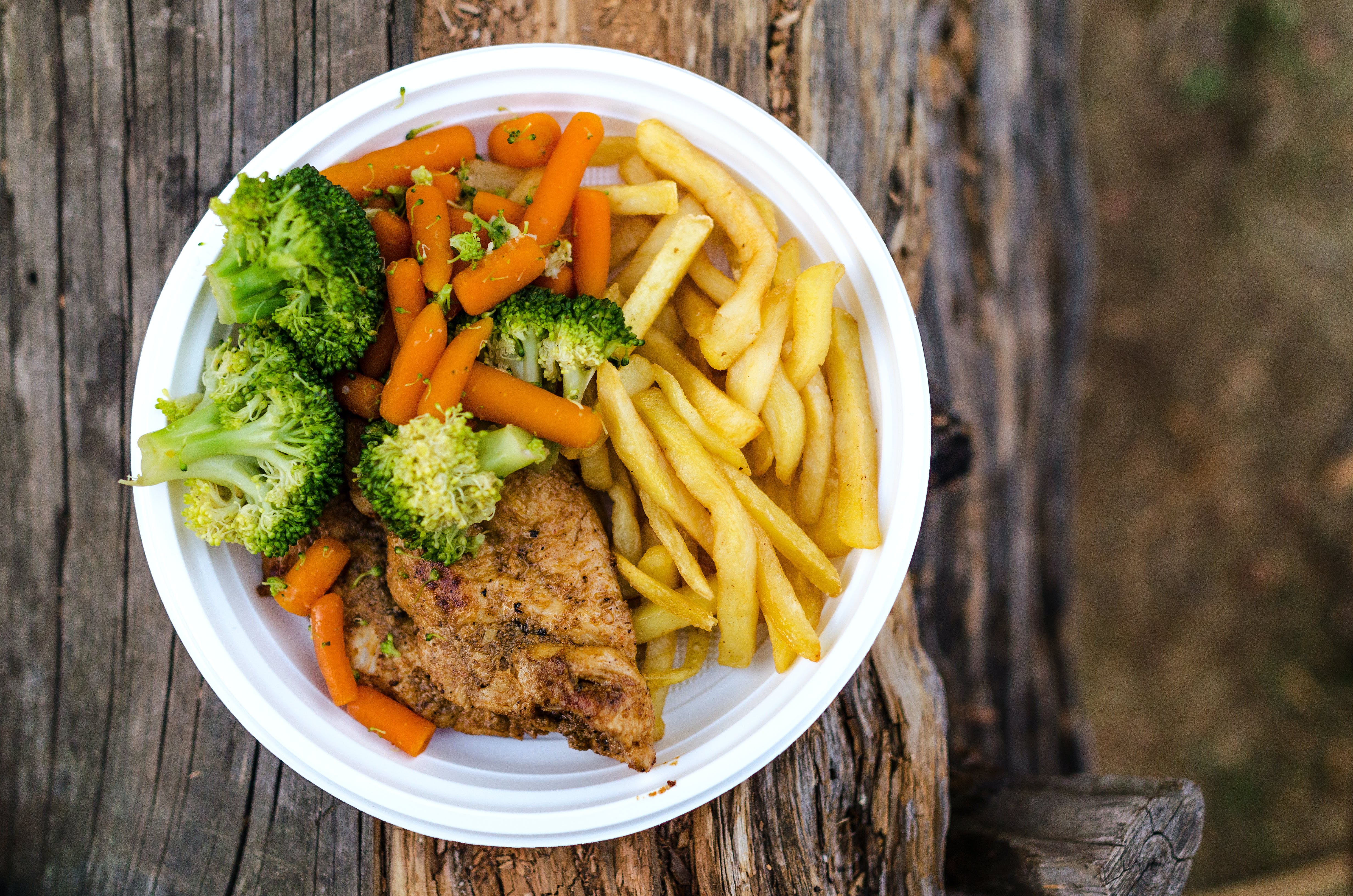
Are you a fan of Asian cuisine and want to cook with a wok on your glass top stove? It can be a tricky process, but with the right tips and tricks, you can achieve delicious results. In this blog, we will start by understanding the dynamics of glass top stove wok and the design and functionality that sets them apart from other stovetops. We will then dive into identifying the ideal best wok for your glass top stove, including considerations such as flat-bottomed vs round-bottomed woks and material choices. Next, we will cover preparing your glass top stove for wok cooking and necessary adjustments for optimum use. Lastly, we’ll touch on maintenance aspects of both the wok and glass top stove, including cleaning post-cooking. Don’t worry – we’ll also answer the burning question of whether or not a wok ring is necessary. Read on to become an expert in using a wok on your glass top stove!
Understanding the Dynamics of Glass Top Stoves
Glass top stoves heat up quickly, requiring adjustments to cooking techniques. It’s important to avoid dragging cookware across the glass surface as it may scratch or damage it. The even heat distribution of glass top stoves makes them ideal for wok cooking, especially for new wok users. Some models have specific burner sizes for different cookware, so familiarize yourself with your stove’s heat settings for precise cooking. By understanding the dynamics of glass top stoves, you’ll be well-equipped to make the most of your cooking experience.
The Design and Functionality of Glass Top Stoves
Glass top stoves, also known as ceramic glass cooktops, are known for their sleek design and smooth surface, which not only adds a modern touch to your kitchen but also makes them easy to clean. These stoves utilize electric heating elements beneath the glass surface, ensuring even heat distribution for consistent cooking results. The flat surface of a glass top stove allows direct contact with cookware, promoting efficient heat transfer. With proper care, these stoves can last for a long time, making them durable and reliable cooking appliances.
Precautions for Using Glass Top Stove Wok
To ensure complete contact with the heating surface, it is recommended to use flat-bottomed woks on glass top stoves. Avoid overcrowding the wok with ingredients to maintain even heat distribution and achieve desired cooking results. Before adding oil and ingredients, preheat the wok on medium heat to prevent smoking or excessive oil absorption. To avoid scratching the glass surface, use non-abrasive cleaners and a soft cloth or sponge when cleaning the stove. Always refer to the manufacturer’s instructions for wok cooking on glass top stoves to achieve the best results. It is also important to note that the wok should ideally be lifted from the burner by no more than ½ to 1 inch, so make sure to use the appropriate wok ring or choose a burner of the same size as the wok.
Identifying the Ideal Wok for Glass Top Stoves
When choosing a glass top stove wok, there are several factors to consider. Look for a wok with a flat bottom to ensure even heat distribution. Additionally, opt for a lightweight wok to avoid damaging your glass surface. It’s important to choose a durable material that can withstand frequent use. Consider the diameter of the wok to ensure it fits your stove properly. Lastly, select a wok with a sleek design that complements your kitchen aesthetics. Once you have identified the ideal wok for your glass top stove, the next step is to prepare your stove for wok cooking.
Flat-bottomed vs Round-bottomed Woks: Which one to Choose?
When choosing a wok for your glass top stove, consider the differences between flat-bottomed and round-bottomed woks. Flat-bottomed woks provide complete contact and even heat distribution, making them ideal for glass top stoves. Round-bottomed woks require a wok ring for stability and are better suited for gas stoves. Make your choice based on your stove type and cooking preferences.
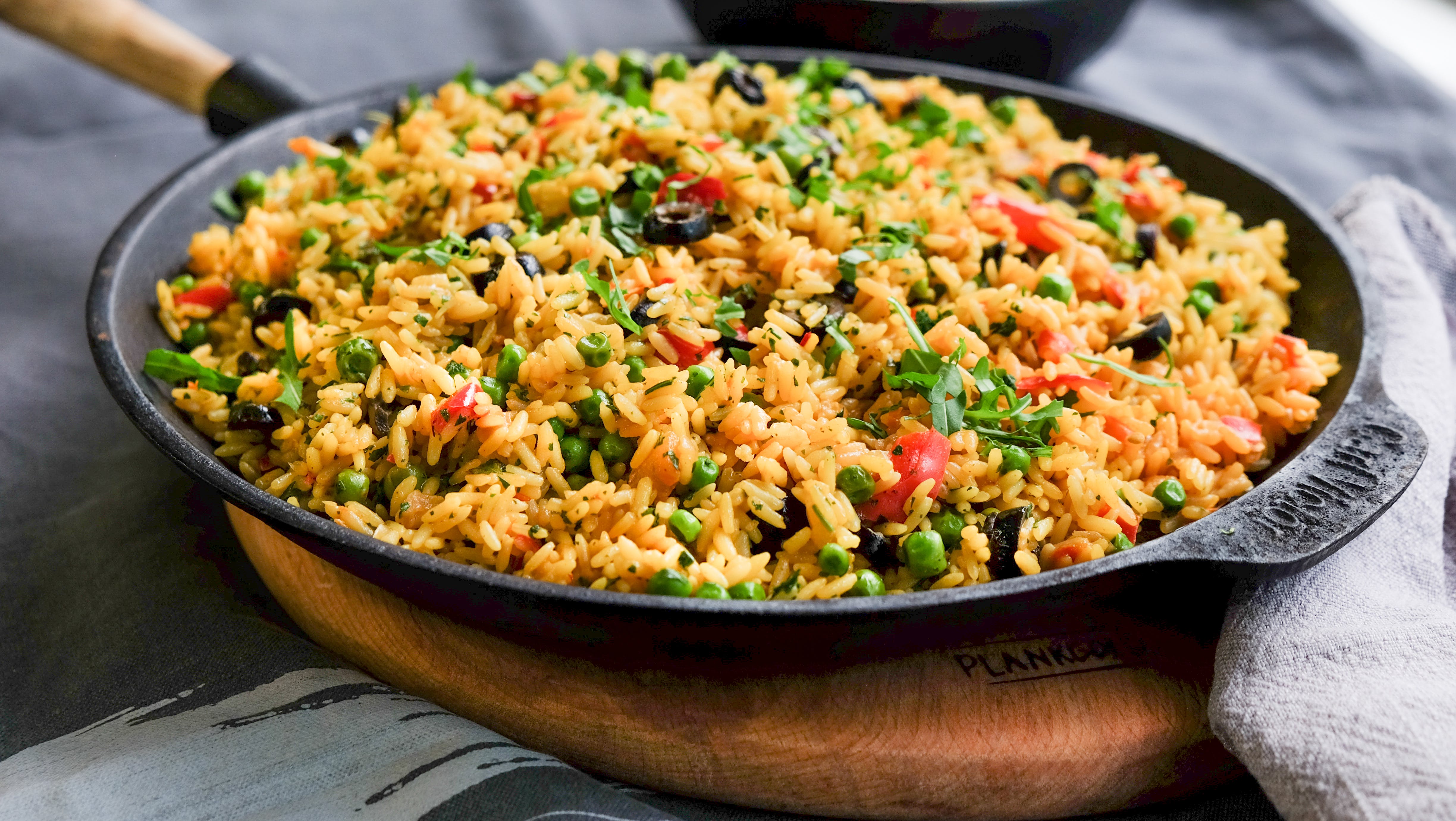
Material Considerations for a Stove-Appropriate Wok
When choosing a glass top stove wok, there are several material considerations to keep in mind. Carbon steel woks are ideal for high heat cooking and provide excellent heat distribution. Stainless steel woks offer durability and even heat distribution, making them a great choice too. However, cast iron woks, although they retain heat well, can be heavy for glass top stoves. It’s important to avoid woks made of ceramic or abrasive cleaners that may scratch the glass surface. Ultimately, the right wok material depends on your cooking style and the type of stove you have.
Preparing Your Glass Top Stove for Wok Cooking
Before using your glass top stove wok cooking, it’s important to prepare it properly. Start by cleaning the surface with a soft cloth to remove any dust or debris. Adjust the burner size to match the diameter of your wok for optimal heat distribution. Preheat the stove on medium heat before placing the wok on top. To prevent smoking on the glass surface, use a paper towel to remove excess oil. Ensure that you avoid overcrowding the wok, allowing the ingredients to cook evenly. By following these steps, you’ll be ready to start your wok cooking adventure on your glass top stove.
Necessary Adjustments for Optimum Use
To achieve optimum results when using a wok on a glass top stove, there are a few necessary adjustments to consider. First, you can adjust the heat distribution by moving the wok around on the stovetop. Additionally, using a wok ring can help stabilize round-bottomed woks on glass top stoves, ensuring they remain steady during cooking. When stir frying, it’s best to use a flat-bottomed spatula for direct contact cooking on the electric stove. To control the heat, adjust the burner temperature to prevent overheating. Lastly, practicing various cooking techniques like frying, stir frying, and wok cooking will help you master the art of cooking with a wok on a glass top stove.
Maintenance Aspects of Wok and Glass Top Stoves
After cooking on your glass top stove wok, it’s important to clean both the wok and the stove surface to prevent any buildup. To avoid scratching the glass surface, use a sponge and gentle cleaning agents. Regularly seasoning your wok will help prevent rusting and maintain its non-stick properties. Avoid using abrasive cleaners that could potentially damage both the wok and the glass stovetop surface. Lastly, store your wok in a dry place to prevent any moisture-related issues.
Cleaning your Wok and Glass Top Stove Post-Cooking
After cooking, it is important to clean your glass top stove wok to maintain their quality and longevity. Start by washing your wok with warm, soapy water, ensuring that all food residue is removed. Similarly, gently clean the glass top stove surface using a sponge or soft cloth. Thoroughly dry your wok, especially if it’s made of carbon steel, to prevent rusting. To keep your glass stove top looking sleek, polish it with a soft cloth. Regular cleaning of both the wok and glass top stove is vital for their proper maintenance, as it helps prevent rust and other damage.
Is a Wok Ring Necessary for a Glass Top Stove?
A wok ring may not be necessary for flat-bottomed woks on glass top stoves, but round-bottomed woks require one for stability. Consider your cooking preferences and stove type when deciding on a wok ring. Some glass top stoves have built-in supports for wok cooking. Evaluate the stability of your wok without a ring before making a decision.
Frequently Asked Questions
Can a wok be used on a glass top stove?
Yes, you can use a wok on a glass top stove. It is recommended to use a flat-bottomed wok to ensure stability and prevent scratching the surface. Take caution while heating and moving the wok to avoid any damage to the glass.
Conclusion
In conclusion, using a wok on a glass top stove wok requires some precautions and considerations. It is important to understand the dynamics of glass top stoves, including their design and functionality, to ensure safe and efficient cooking. Choosing the right glass top stove wok is crucial, considering factors such as the shape and material of the wok. Preparing your glass top stove wok cooking involves making necessary adjustments and following preheating tips for optimum results. Proper maintenance of both the wok and the glass top stove is essential, including cleaning them after each use. While a wok ring is not necessary for a glass top stove, it can provide additional stability during cooking. With these tips and tricks, you can confidently use a wok on your glass top stove and enjoy delicious meals.


